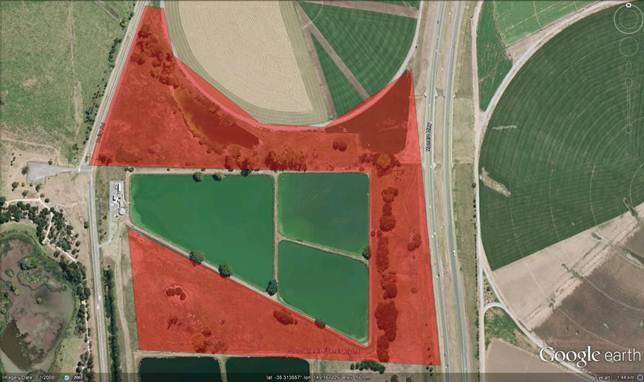Interesting thought, Chris, it has certainly been VERY noisy and busy over there.
While all the factors are unknowable, I would suggest the following:
1. PAINTED-SNIPE: The appearance of one bird for one day follows the appearance of 4 last Spring and the recent appearance of 2 at West Belconnen. This suggests successful breeding further west followed by seasonal wandering.
2. LATHAM’S SNIPE: There are at least 10 of these about, an average year perhaps. However they have been bolder than in recent years, sometimes in confrontational or chasing pairs or threes. Perhaps they are competing for foraging patches. We saw this sort of thing over a couple of seasons about 10 years ago.
3. CRAKES, B-b RAIL: The appearance of these is no doubt partly, perhaps mainly, due to favourable foraging conditions in the much-visited viewable areas at the reserve. There has probably been some drying of other wetlands sometimes used. If we get more drying mud at the edges of the typha I would expect even more reports, perhaps some chicks.
4. FRECKLED DUCK: These are notorious wanderers after good breeding out west. As previously noted, those seen are non-breeding, perhaps young, birds. Again, they were first reported from West Belconnen. As numbers at Kellys have fluctuated it is possible they are moving between Kellys and FSP (small numbers there in most years in the past) and perhaps other local wetlands.
5. RED-KNEED DOTTEREL: This is an obvious species where the database should be a good guide to occurrence over the years. From my experience the current crop is not unusual. We do know that they move around locally as we can see them flying in on some mornings, perhaps from FSP, which would make them a good example of the disturbance theory.
6. NIGHT HERONS: Although resident for years, these have definitely increased, perhaps successful breeding, perhaps movement in from elsewhere. I would have thought that the river systems and swamps with dead trees were the main strongholds of these. Clearly foraging conditions suit them at the moment.
7. B-t NATIVE HEN: We get the odd one or two of this irruptive species every year or so.
A general point is that Spring/early Summer usually brings a stream of reports of waterbird arrivals. In fact, I expect more. At the same time I would say other herons are at about the same numbers (3 gt egrets this morning) but that white ibis are definitely low. Ducks (apart from Freckled) are down in numbers and variety, as they are at FSP, although we know there are lots further afield. There has only been the occasional pair of pink-eared around.
Despite all the racket it is difficult to get an idea of what is going on over the road. Freckled Duck and dotterels could certainly be disturbed and also snipe and crakes if works are disturbing the ‘surround’ areas shaded red in the below. The proximity to Kellys is apparent.

From: Chris Davey [
Sent: Monday, 17 December 2012 2:21 PM
To:
Subject: [canberrabirds] re bird species at Jerrabomberra Wetlands
Hi,
Concerning the reports of some of the species at JW recently I cannot help but wonder if this has in part been due to the major disturbances that are going on at the FSP at the moment.
Chris

